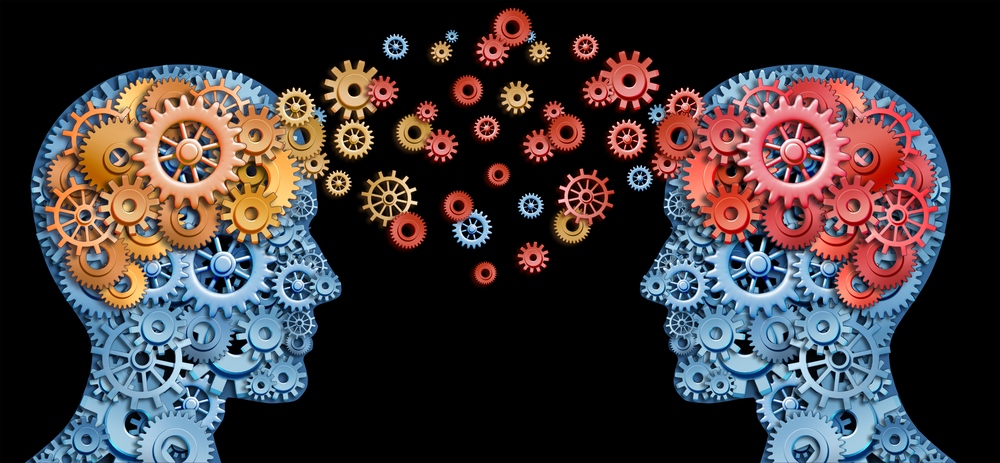The 2012 RIMS Canada Conference kicked off this morning in Saskatoon with keynote speaker Dan Gardner, author of Risk: The Science and Politics of Fear. He spoke about risk, how me make decisions and the psychology behind it all — and there’s a lot of psychology behind it all.
“Risk perception and risk reality routinely do not match,” Gardner said. “And occasionally they differ dramatically.” He gave the example of silicone breast implants. “Women felt that having silicone breast implants was as dangerous as smoking a pack of cigarettes a day.” That, as we know, is not true. But the hysteria surrounding initial thoughts, made some believe that it was possible.
Another example is the Columbine massacre. “Afterwards, there were months of angry, passionate debate. What’s wrong with kids? Everyone had theories: marijuana, Marilyn Manson, video games. The U.S. did some research and found that school violence was plummeting. The opposite of what everyone thought was true.”
One more example is the market crash of 2008. “It is an excessively dramatic example. Traders put huge amounts of money in mortgage derivatives and everyone was convinced there was no risk. Not true.”
So how does this happen?
Media, risk marketers and, most of all, psychology.
Risk marketers — politicians, government officials, corporations occasionally and even NGOs, sometimes legitimately, sometimes honestly.
Media — emphasize the vivid, dramatic and emotional. They are biased towards bad news. “Good news is an oxymoron,” said Gardner. “We report the routine rarely and the rare routinely. Media presents risk information badly. There is a lack of critical scrutiny. We don’t think hard enough about the information we’re given.”
Why do the media do it? “The standard answer is to make money or push an agenda. The more fundamental explanation is that journalists are human. Look at journalistic flaws — you will find human biases. Bad news biases and other biases are human biases.”
Psychology — all cognitions are shaped by the brain. What shaped the brain? The particular environment in which it evolved.
“There is much more going on in your brain than you are aware of,” Gardner said. He then explained the “system of two minds.”
- System one — the more ancient of the two — operates outside consciousness, by definition What it does, you are not aware of. It delivers conclusions in the form of feelings, hunches and intuitions. It is fast and effortless. It is snap judgements and gut feelings.
- System two – conscious thoughts, capable of careful reasoning, numeracy and logic. It delivers conclusions that can be fully expressed and explained. It is slow and laborious. It is a head feeling.
How do we judge? How do they work together to come to a conclusion? “The gut is fast, the head is slow,” he said. “So gut delivers first. Head can then examine, adjust or override. But does it?”
Gardner then used a popular test of the mind, which states:
A bat and a ball cost a total of $1.10. The bat cost $1 more than the ball. How much does the ball cost?
“You instantly think 10 cents,” he said. “Even if you’re not a member of MENSA, you’ll eventually see the mistake. It’s designed to test gut and head conclusions. The amazing thing is that most people will just go with their gut. They will not stop and think critically.”
This tell us something very important — that our unconscious minds are more important in decision making than we realize. All this comes together to produce something that is simply not true. It takes dramatic intervention to prevent this cycle.
How can we make better decisions about risk?
- Eliminate human judgement: leave it to algorithms and computers
- Upside: often works
- Downside: often doesn’t (financial collapse of 2008)
- Algorithms are only as good as the people making them
Gardner proposes that we, as decision makers in any organziation, understand and incorporate the following principles:
- Understand the systematic flaws in the information environment
- Recognize that individuals and organizations have an interest in risk perception
- Learn basic psychology. “This is psychology 101,” Gardner said. “I’ve been startled to discover really important people who don’t know basic psychology. Crack a textbook. Every manager who makes decisions that matter should know this stuff.”
- Remember that this even applies to clever, educated and highly trained professionals
- Beware of bias bias.
“An example worth following is George Soros. In the lead-up to the crash, he said the financial system is shaky and real estate is a bubble. A reporter asks Soros, ‘Why are you so good?’ He said, ‘It’s because I’m smarter than you. Would you have disagreed? I wouldn’t. He said, ‘I know that I’m bound to be wrong and therefore I’m more likely to correct my own mistakes.'”
That’s called metacognition (or “knowing about knowing”) — something all risk managers could benefit from.

